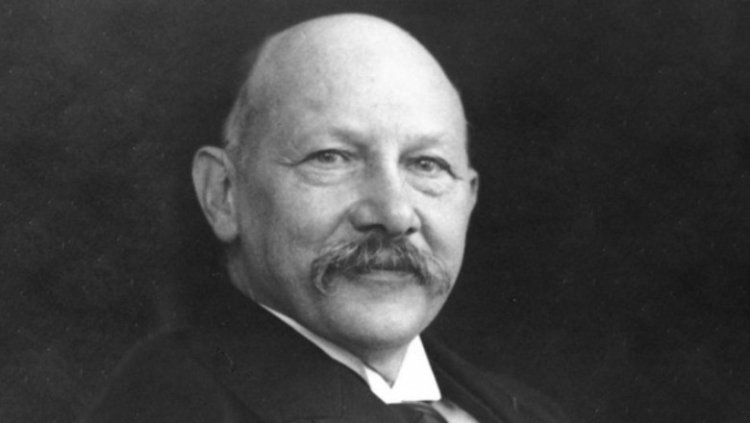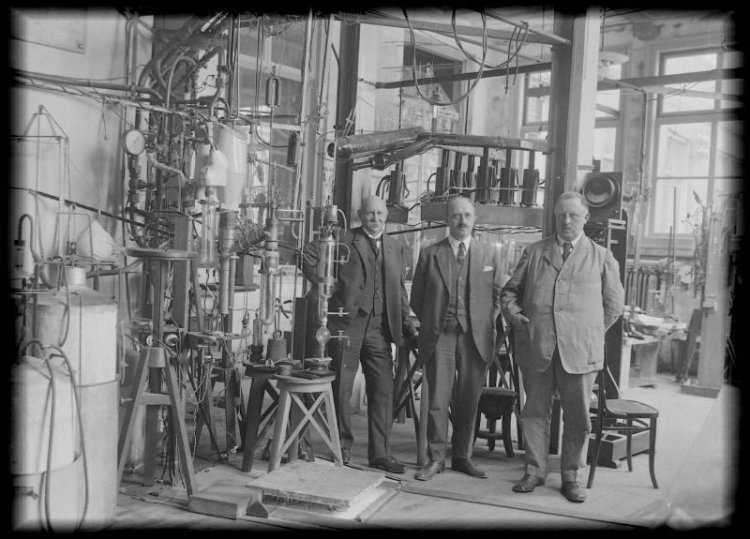On 10 July 1908, Dutch physicist Heike Kamerlingh Onnes was the first in the world to obtain liquid helium.
Kamerlingh Onnes’ name is familiar to many physicists because he was the scientist who made several important discoveries in this sphere. Obtaining liquid helium is one of them, for which he won the 1913 Nobel Prize.
In the words of the Nobel Committee: “For his investigations into the properties of matter at low temperatures, which led, inter alia, to the production of liquid helium.”
After successfully defending his doctoral thesis, then 25-year-old Kamerlingh Onnes became a lecturer at the Delft Polytechnic School where an acquaintance that became a turning point in the physicist’s life happened. This is about Johannes Diederik van der Waals, the creator of a theory that establishes a relationship between pressure, temperature and gas volume. It was then that Kamerlingh Onnes decided that such a theory should be tested at ultra-low temperatures. This is how the scientist settled on cryonics.
Kamerlingh Onnes, Vegard en Keesom
By then Heike Kamerlingh Onnes had become a Professor of Experimental Physics at Leiden University. In his inaugural speech he stated that henceforth the principle of the department would be “Through Measurement to Knowledge.” That meant that accuracy of measurements must be assured as far as possible in any scientific experiment.
Obtaining liquid hydrogen was the scientist’s first success. It was truly industrial-scale production at four liters per hour. Although James Dewar was the first to produce it, his stock was limited.
July 10th, 1908 marked a landmark event: Heike Kamerlingh Onnes obtained liquid helium by cooling the gas to 4.2 kelvins.
This was a truly historic experiment. With physicists from different countries in attendance, liquefaction of helium began. The entire process was completed in a cascade setup that still surprises engineers with its perfection. The battle began at 6 a.m. with liquefaction of 20 liters of hydrogen – that much was needed to cool down helium. By 2:00 p.m. everything was over. Circulation of cooled-down helium began three hours later, and from that point on, the internal cryostat of the fluidizer plunged into an uncharted area of low temperatures.
“I was bursting with joy when I was able to demonstrate liquid helium to my friend Van der Waals, whose theory was my guide to completing liquefaction,” the physicist recalled.
That has secured the Nobel Prize for him. In his later experiments the scientist managed to reach a temperature of only one and a half degrees above absolute zero. He was dubbed Mr. Absolute Zero in scientific circles for that achievement.
The work of Heike Kamerlingh-Onnes case was continued by his student, Willem Hendrik Keesom, who was the first to obtain solid helium. And Russian scientist Pyotr Kapitsa discovered superfluidity in liquid helium less than a decade after the death of Kamerlingh-Onnes.
Photo on the page and homepage: Instituut-Lorentz for Theoretical Physics























